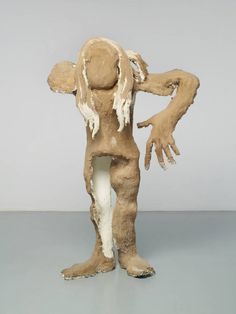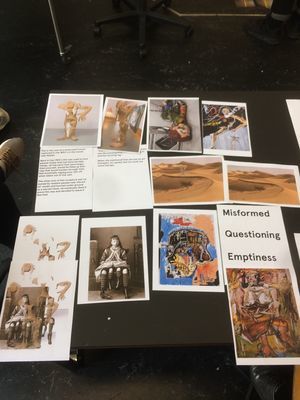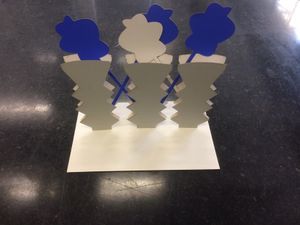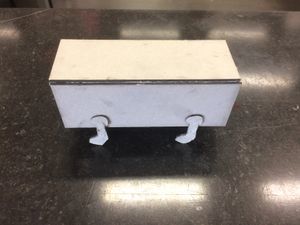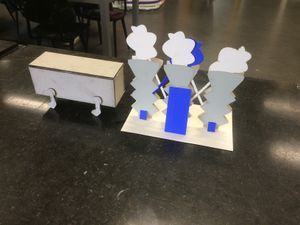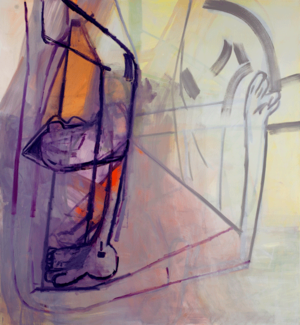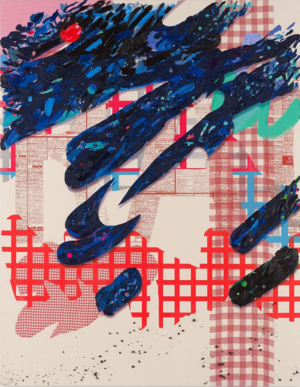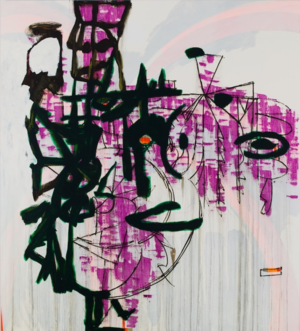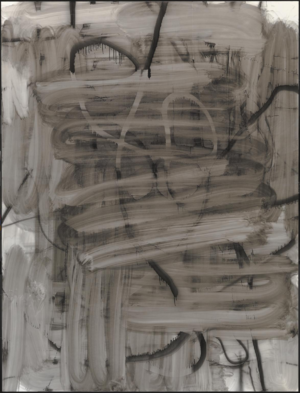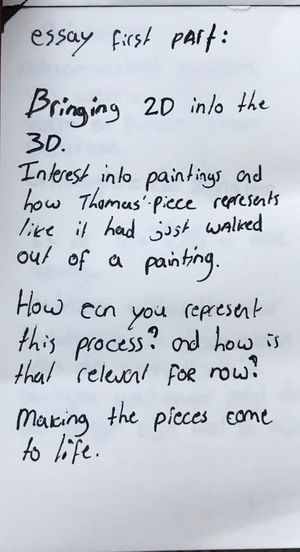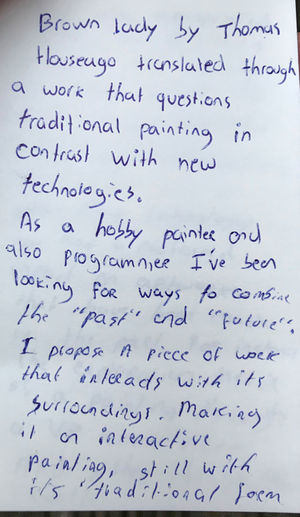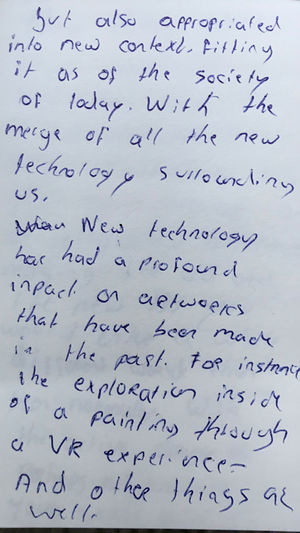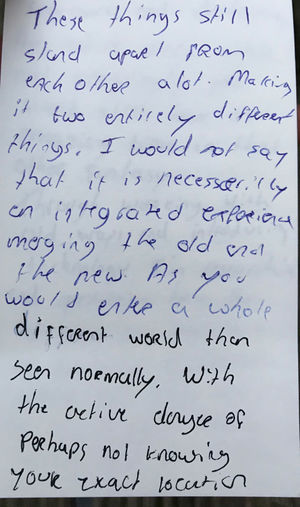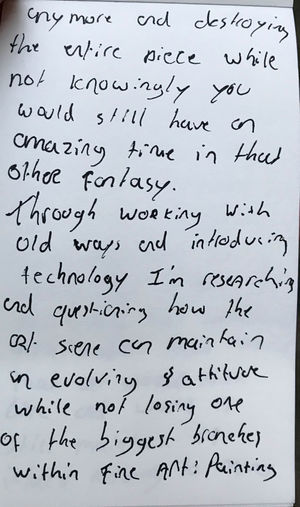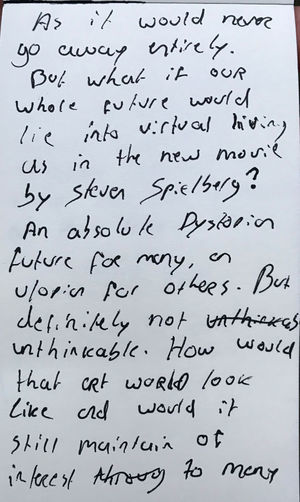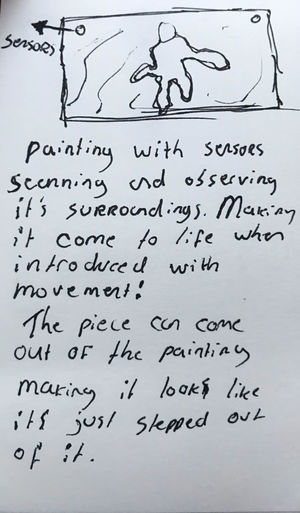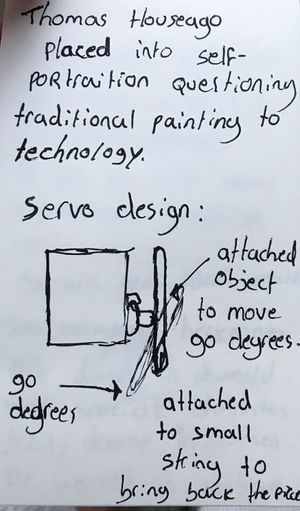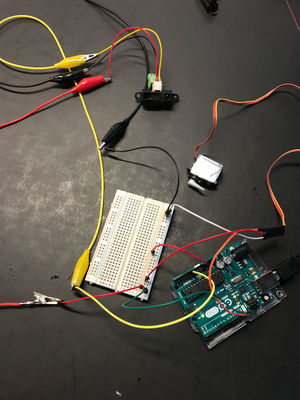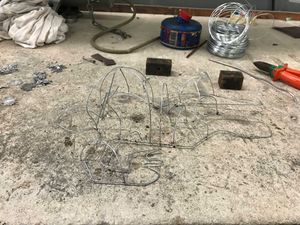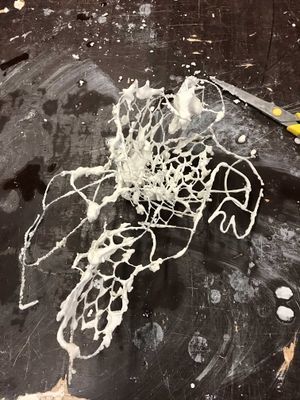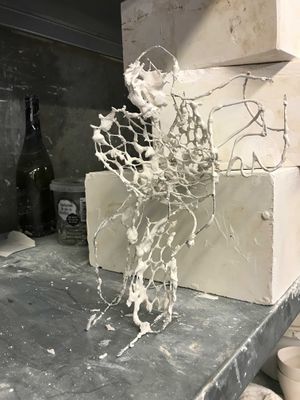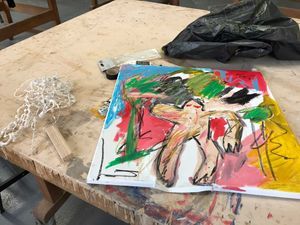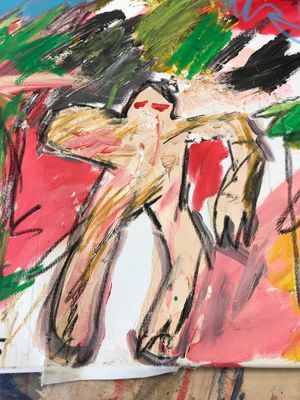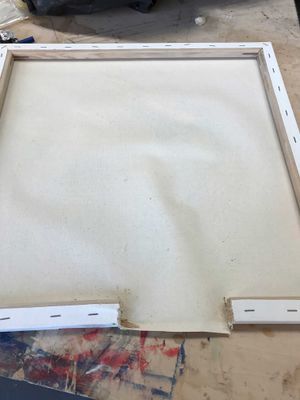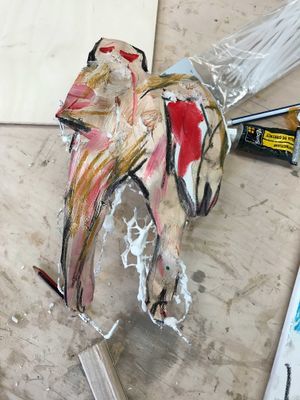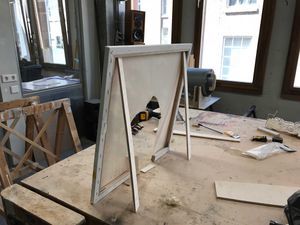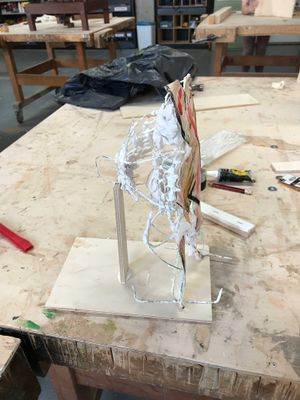Difference between revisions of "User:Timaeus"
| Line 107: | Line 107: | ||
[[File:tim-notes-8.jpg|300px]] | [[File:tim-notes-8.jpg|300px]] | ||
[[File:tim-notes-9.jpg|300px]] | [[File:tim-notes-9.jpg|300px]] | ||
| + | |||
| + | == Process pictures == | ||
| + | |||
| + | [[File:tim-process-1.jpg|300px]] | ||
| + | [[File:tim-process-2.jpg|300px]] | ||
| + | [[File:tim-process-3.jpg|300px]] | ||
| + | [[File:tim-process-4.jpg|300px]] | ||
| + | [[File:tim-process-5.jpg|300px]] | ||
| + | [[File:tim-process-6.jpg|300px]] | ||
| + | [[File:tim-process-7.jpg|300px]] | ||
| + | [[File:tim-process-8.jpg|300px]] | ||
| + | [[File:tim-process-9.jpg|300px]] | ||
| + | [[File:tim-process-10.jpg|300px]] | ||
Revision as of 19:17, 8 May 2018
Contents
Starting point
Artwork: Brown lady by Thomas Houseago
I have chosen for the artwork the Brown lady because of the interest I have for paintings. I was fascinated about its form and resembled for me as of it just walked out of a painting.
I would like to appropriate this piece by it’s dis- and form for other artworks, in preciseness, paintings. What is the impact current technologies has on physique paintings? We are more and more surrounded by experimental technology and use these for paintings that have been made in the past. My focus is going to be on the human body, figurative work. What is the relation current technology has with the human body and how is this more explorable.
Mapping in lesson
Prototypes for others
== Martin Smith; tryptych in the form of vase no1 ==
For this prototype I had chosen the past, and asked myself a few what if questions. I started researching into tryptichs of the past and realised that this 'tryptych in the form of vase' is not really a whole. I saw the possibility to create a piece that was connected through the white space between the vases. What if the white space is used in order to create a tryptych that is connected with each other. By making wholes into the sides of the vases you could stick flowers through that would function as the connection between the phases. Where normally in the past this would happen by wood, it is now done by flowers.
== Donald Judd ; Untitled 1984
==
Daan said that he thought it was interesting that Donald Judd thought of his surroundings equally important in the end-result as of the piece itself. So I started brainstorming in this same mindset. In a future scenario the artwork might be alive. I made a prototype that was the same box as Donald Judd, but with movable legs. In this concept I made use of light and distance sensors, this in order to make his art piece find the best spot within it’s surroundings. By scanning everything around, he would gain data of the whereabouts of it’s viewers and the lighting of that particular moment. Taking these findings into consideration the box would expose itself in the best way possible, which would fit that moment of the day.
Research
cultural heritage and find comtemporary meaning
nothing to be found about the piece
it represents emptiness
how do lines become 3 dimentional
creation of monsters
patricia piggionini
texture map UV map 3d scanner casts of the body
data layering
moving from analog art to digital art ;; For how long will the physical painting be alive?
why diid you choose it? keep it critical?
transparency in design
How to manifest the significance of the flesh in times of change? The transformation of the human condition is certain as the ecological, political and social crises suggest. The current belief in human progress and exceptionalism has been questioned. We ought to exceed our anthropocentric view and remind ourselves that concepts, ideas are made out of flesh and bones. In my video installation, I try to confront the mind with the matter through the unconscious to embrace the disconnection between them. I attempt to remind what we have been forgetting and altering is not only the environment (outer) but our very self (inner). What we are taking for granted is eventually in a constant, ongoing change.
Technology on the impact of traditional figurative painting. They have been too far from one another. Either it has been solely digital and 3d or it has been
https://www.ukessays.com/essays/arts/impact-if-technology-on-art-art-essay.php
Many modern artists use high technology equipment in their works. Whereas traditionally artists used a pencil or brush to make beautiful works of art, artists in the early twenty-first century are now using sound, video or computer generated images. Digital art developed from simple patterns and shapes made using computer programs to finished works of art which can look as realistic as a watercolour or oil painting. Modern art exhibitions often include more videos and installations than traditional painting or drawings. Even artists which use traditional techniques increasingly use modern technology such as the internet to display their works and communicate with other artists. Modern technology provides a means for artists to create works faster with more tools than ever before. I will be discussing the impact of some of these technologies in relation to the art of some modern artists. I will argue that modern technology such as the computer and video is another tool for an artist to use in their work.
painters have to ask themselves; what kind of attention do we bring about the experience of a painting? How Do you make that moment different and special from images that we see on the screen.
Even at Tate modern, at an exhibition in 2015 called Painting after Technology, there is no coherence between traditional and modern/futuristic. It’s main question contains the same interest I have; What effect has digital technology had on contemporary painting. Yet why it still maintains my interest, also with a future perspective, is that they do not cleary show an immediate impact of the two of them working together. It’s curator Mark Godfrey, explains how it changed the painting process of the artists. How they are using for instance scanners, photo’s , ipads and smartphones. And goes on about the layerness within the paintings as we experience them as well on digital devices.
But as seen below; these paintings still maintain a traditional form.
